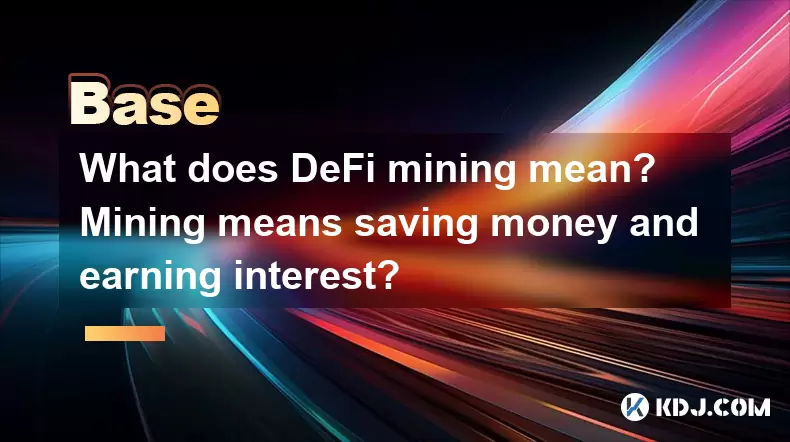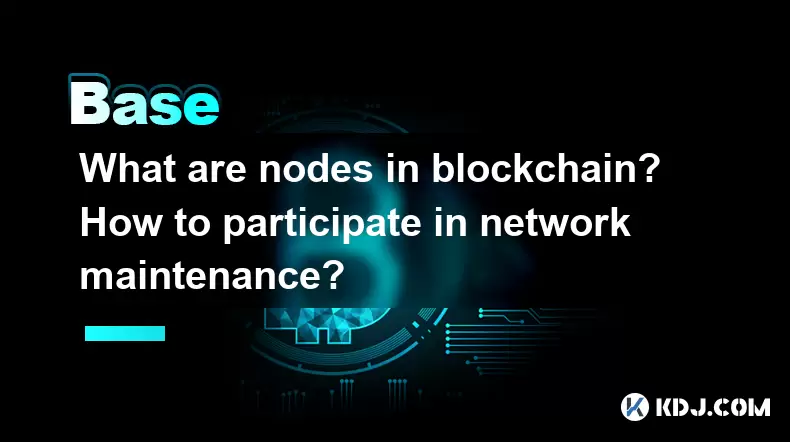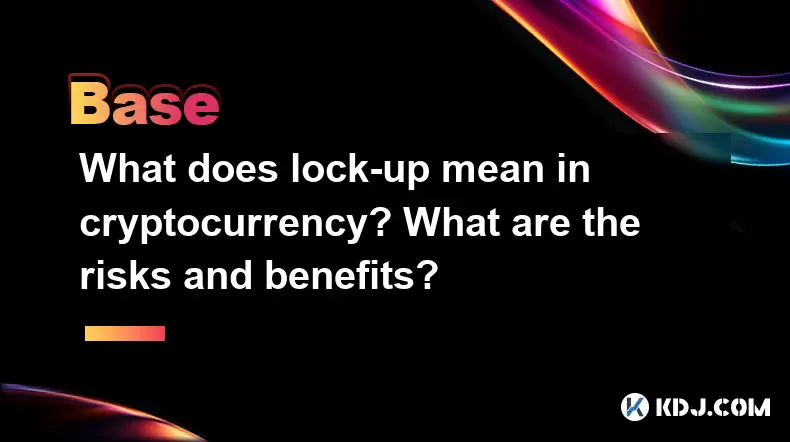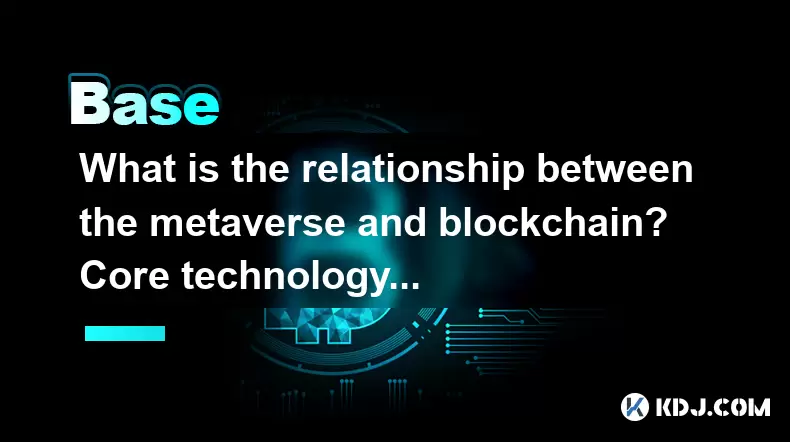-
 Bitcoin
Bitcoin $108,975.9388
0.64% -
 Ethereum
Ethereum $2,747.1469
6.96% -
 Tether USDt
Tether USDt $1.0001
-0.06% -
 XRP
XRP $2.2822
-1.00% -
 BNB
BNB $665.3359
0.80% -
 Solana
Solana $158.1930
1.04% -
 USDC
USDC $0.9997
-0.01% -
 Dogecoin
Dogecoin $0.1915
2.34% -
 TRON
TRON $0.2930
3.35% -
 Cardano
Cardano $0.7021
2.40% -
 Hyperliquid
Hyperliquid $39.8838
4.84% -
 Sui
Sui $3.4210
1.32% -
 Chainlink
Chainlink $15.3113
8.92% -
 Avalanche
Avalanche $21.9295
2.60% -
 Stellar
Stellar $0.2775
2.65% -
 Bitcoin Cash
Bitcoin Cash $433.3806
2.20% -
 UNUS SED LEO
UNUS SED LEO $8.8961
-3.79% -
 Toncoin
Toncoin $3.3072
0.62% -
 Shiba Inu
Shiba Inu $0.0...01301
2.28% -
 Hedera
Hedera $0.1795
3.37% -
 Litecoin
Litecoin $91.1974
2.12% -
 Polkadot
Polkadot $4.2638
4.66% -
 Monero
Monero $331.0972
1.57% -
 Ethena USDe
Ethena USDe $1.0006
-0.02% -
 Bitget Token
Bitget Token $4.7934
2.57% -
 Dai
Dai $0.9997
-0.03% -
 Pepe
Pepe $0.0...01264
4.80% -
 Uniswap
Uniswap $8.2307
24.39% -
 Pi
Pi $0.6393
1.13% -
 Aave
Aave $307.1930
15.78%
What does DeFi mining mean? Mining means saving money and earning interest?
DeFi mining involves depositing crypto into DeFi protocols to earn rewards, similar to earning interest but with higher risks and volatility.
May 26, 2025 at 01:28 pm

What Does DeFi Mining Mean?
DeFi mining, or decentralized finance mining, refers to the process of participating in decentralized finance protocols to earn rewards. This concept is often associated with yield farming, where users provide liquidity to decentralized platforms and receive tokens as incentives. Unlike traditional mining, which involves solving complex mathematical problems to validate transactions on a blockchain, DeFi mining focuses on contributing to the liquidity and functionality of DeFi platforms.
How Does DeFi Mining Work?
DeFi mining operates by users depositing their cryptocurrencies into various DeFi protocols. These protocols use the deposited assets to facilitate lending, borrowing, trading, and other financial services. In return, users receive tokens as rewards, which can be from the protocol itself or from transaction fees generated by the platform.
For instance, if you deposit your Ethereum into a lending protocol, you might receive interest payments in the form of the protocol's native token. This process is akin to earning interest on a savings account, but with potentially higher yields and more volatility.
Is DeFi Mining the Same as Saving Money and Earning Interest?
While DeFi mining can be compared to saving money and earning interest, it is not the same. Traditional saving accounts offer fixed interest rates and are typically insured, providing a level of security. In contrast, DeFi mining involves higher risks due to the volatility of cryptocurrencies and the potential for smart contract failures.
However, the concept of earning interest is similar. When you participate in DeFi mining, you are essentially lending your assets to the protocol, which then uses these assets to generate returns. These returns are distributed to you as interest or rewards. The key difference lies in the decentralized nature of DeFi platforms and the use of blockchain technology to manage transactions and rewards.
Types of DeFi Mining
There are several types of DeFi mining, each with its own set of mechanics and potential rewards:
Liquidity Mining: This involves providing liquidity to decentralized exchanges (DEXs). Users deposit pairs of tokens into liquidity pools, and in return, they receive a portion of the trading fees generated by the pool, as well as governance tokens from the DEX.
Staking: Some DeFi platforms allow users to stake their tokens to support the network's operations. In return, stakers receive additional tokens as rewards. This is similar to proof-of-stake (PoS) systems but is often used within DeFi ecosystems.
Yield Farming: This is a more complex form of DeFi mining where users move their assets between different protocols to maximize their returns. Yield farmers often use tools and strategies to optimize their investments across various DeFi platforms.
Risks and Considerations in DeFi Mining
Participating in DeFi mining comes with several risks that users must consider:
Smart Contract Risk: DeFi platforms rely on smart contracts, which can have vulnerabilities or bugs that could lead to the loss of funds.
Impermanent Loss: When providing liquidity to DEXs, users are exposed to the risk of impermanent loss, where the value of their deposited assets changes relative to when they were deposited.
Volatility: Cryptocurrency prices can be highly volatile, affecting the value of the rewards and the principal amount deposited in DeFi protocols.
Regulatory Risk: The regulatory environment for DeFi is still evolving, and changes in regulations could impact the operation and legality of DeFi platforms.
How to Start DeFi Mining
If you're interested in starting DeFi mining, here are the steps you can follow:
Choose a DeFi Platform: Research different DeFi protocols to find one that aligns with your investment goals and risk tolerance. Popular platforms include Compound, Aave, and Uniswap.
Set Up a Wallet: You'll need a cryptocurrency wallet that supports the tokens you plan to use. Wallets like MetaMask or Ledger are commonly used for DeFi activities.
Connect Your Wallet: Visit the chosen DeFi platform and connect your wallet to the site. This usually involves clicking a "Connect Wallet" button and following the prompts.
Deposit Assets: Once connected, you can deposit your cryptocurrencies into the platform. This might involve selecting the type of asset and the amount you want to deposit.
Select a Mining Strategy: Depending on the platform, you can choose different mining strategies such as lending, staking, or providing liquidity. Each strategy will have different potential rewards and risks.
Monitor and Manage: Regularly check your investments and the performance of the DeFi platform. Be prepared to adjust your strategy based on market conditions and platform performance.
Frequently Asked Questions
Q: Can I lose money in DeFi mining?
A: Yes, there is a risk of losing money in DeFi mining due to factors such as smart contract failures, impermanent loss, and cryptocurrency volatility. It's important to understand these risks before participating.
Q: How are DeFi mining rewards taxed?
A: Taxation of DeFi mining rewards can vary by jurisdiction. In many countries, these rewards are considered taxable income and must be reported accordingly. It's advisable to consult with a tax professional to understand your specific obligations.
Q: Are there any tools to help with DeFi mining?
A: Yes, there are several tools designed to assist with DeFi mining. Platforms like Zapper and Yearn Finance offer aggregated views of your DeFi investments and can help you optimize your yield farming strategies.
Q: Can I participate in DeFi mining with small amounts of cryptocurrency?
A: Yes, many DeFi platforms allow users to participate with small amounts of cryptocurrency. However, the potential rewards may be lower, and it's important to consider transaction fees and the minimum amounts required by specific protocols.
Disclaimer:info@kdj.com
The information provided is not trading advice. kdj.com does not assume any responsibility for any investments made based on the information provided in this article. Cryptocurrencies are highly volatile and it is highly recommended that you invest with caution after thorough research!
If you believe that the content used on this website infringes your copyright, please contact us immediately (info@kdj.com) and we will delete it promptly.
- Bitcoin Maintained Relative Stability This Week, Hovering Around the US$94,000 Mark
- 2025-06-11 01:15:13
- Bitcoin (BTC) Investor Interest Is Picking Up Again. Last Week Saw the Largest Inflows to Bitcoin ETFs Since December
- 2025-06-11 01:15:13
- Ethena Labs Partners TON Blockchain to Boost USDe Adoption
- 2025-06-11 01:10:12
- MEXC Ventures Unveils a $300M Ecosystem Development Fund to Accelerate Blockchain Innovation
- 2025-06-11 01:10:12
- Fun for all the family at White Rose as the Kids' Carnival returns
- 2025-06-11 01:05:12
- Don't Get Fooled by This Dogecoin (DOGE) Price Action Stunner
- 2025-06-11 01:05:12
Related knowledge

What are nodes in blockchain? How to participate in network maintenance?
Jun 10,2025 at 09:35pm
Understanding Nodes in BlockchainIn the realm of blockchain technology, nodes serve as the foundational building blocks that enable decentralized networks to function. A node is essentially a device—often a computer or server—that participates in the network by storing and validating data. Each node contains a copy of the entire blockchain ledger, ensur...

What does lock-up mean in cryptocurrency? What are the risks and benefits?
Jun 10,2025 at 08:49pm
Understanding Lock-up in CryptocurrencyIn the world of cryptocurrency, the term lock-up refers to a mechanism where a certain amount of tokens or coins are temporarily restricted from being sold, transferred, or withdrawn. This period is typically pre-defined and agreed upon during events such as initial coin offerings (ICOs), token sales, or through sm...

What is Rug Pull? How to identify cryptocurrency scams?
Jun 10,2025 at 10:43pm
What is Rug Pull in Cryptocurrency?In the world of decentralized finance (DeFi), a rug pull refers to a type of scam where developers or liquidity providers abruptly remove funds from a decentralized exchange (DEX) pool, leaving investors with worthless tokens. This malicious act typically occurs in projects that lack transparency and credible audits. R...

What are bull and bear markets in cryptocurrency? Analysis of cyclical laws
Jun 10,2025 at 11:42pm
Understanding Bull and Bear Markets in CryptocurrencyIn the world of cryptocurrency, the terms bull market and bear market are frequently used to describe the general direction of price movements. A bull market refers to a period during which prices are rising or are expected to rise, often accompanied by widespread optimism among investors. In contrast...

What is an oracle in blockchain? Why does DeFi need it?
Jun 10,2025 at 10:08pm
What Exactly Is an Oracle in Blockchain?In the context of blockchain technology, an oracle serves as a bridge between the on-chain and off-chain worlds. Blockchains are inherently closed systems, meaning they cannot access external data such as weather reports, stock prices, or sports results. An oracle addresses this limitation by fetching real-world i...

What is the relationship between the metaverse and blockchain? Core technology and application scenarios
Jun 10,2025 at 09:00pm
Understanding the Intersection of Metaverse and BlockchainThe metaverse is often described as a collective virtual shared space, created by the convergence of virtually enhanced physical reality and persistent virtual spaces. It includes the sum of all virtual worlds, augmented reality, and the internet. Meanwhile, blockchain technology is a decentraliz...

What are nodes in blockchain? How to participate in network maintenance?
Jun 10,2025 at 09:35pm
Understanding Nodes in BlockchainIn the realm of blockchain technology, nodes serve as the foundational building blocks that enable decentralized networks to function. A node is essentially a device—often a computer or server—that participates in the network by storing and validating data. Each node contains a copy of the entire blockchain ledger, ensur...

What does lock-up mean in cryptocurrency? What are the risks and benefits?
Jun 10,2025 at 08:49pm
Understanding Lock-up in CryptocurrencyIn the world of cryptocurrency, the term lock-up refers to a mechanism where a certain amount of tokens or coins are temporarily restricted from being sold, transferred, or withdrawn. This period is typically pre-defined and agreed upon during events such as initial coin offerings (ICOs), token sales, or through sm...

What is Rug Pull? How to identify cryptocurrency scams?
Jun 10,2025 at 10:43pm
What is Rug Pull in Cryptocurrency?In the world of decentralized finance (DeFi), a rug pull refers to a type of scam where developers or liquidity providers abruptly remove funds from a decentralized exchange (DEX) pool, leaving investors with worthless tokens. This malicious act typically occurs in projects that lack transparency and credible audits. R...

What are bull and bear markets in cryptocurrency? Analysis of cyclical laws
Jun 10,2025 at 11:42pm
Understanding Bull and Bear Markets in CryptocurrencyIn the world of cryptocurrency, the terms bull market and bear market are frequently used to describe the general direction of price movements. A bull market refers to a period during which prices are rising or are expected to rise, often accompanied by widespread optimism among investors. In contrast...

What is an oracle in blockchain? Why does DeFi need it?
Jun 10,2025 at 10:08pm
What Exactly Is an Oracle in Blockchain?In the context of blockchain technology, an oracle serves as a bridge between the on-chain and off-chain worlds. Blockchains are inherently closed systems, meaning they cannot access external data such as weather reports, stock prices, or sports results. An oracle addresses this limitation by fetching real-world i...

What is the relationship between the metaverse and blockchain? Core technology and application scenarios
Jun 10,2025 at 09:00pm
Understanding the Intersection of Metaverse and BlockchainThe metaverse is often described as a collective virtual shared space, created by the convergence of virtually enhanced physical reality and persistent virtual spaces. It includes the sum of all virtual worlds, augmented reality, and the internet. Meanwhile, blockchain technology is a decentraliz...
See all articles
























































































